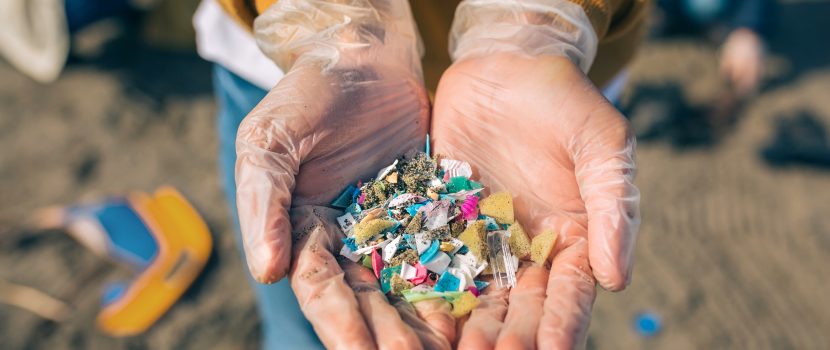
Pursuing virgin polymers through pyrolysis
Most plastics are currently recycled by mechanical recycling, i.e., melting and remolding plastic products. However, as plastics contain various additives, this process leads to their interaction and subsequent undesirable properties in the end products. Chemical recycling technologies, such as pyrolysis, examined in this study, enable waste plastics to be upcycled, whereas mechanical recycling involves mainly downcycling. Upcycling can be achieved due to the partial similarity of pyrolysis products to conventional petrochemical feedstocks. However, the demands on the purity of the feedstock for the formation of new (virgin) polymers are high, and there are currently no technologies available to remove unwanted heteroatoms from pyrolysis products. Producers are therefore forced to rely on clean, often single-type waste plastics, which are in short supply on the market. The removal of heteroatoms can largely be achieved already within the pyrolysis process. Various chemical reagents (catalysts and sorbents) and an appropriate temperature program can be used for this purpose. Since the bonds of heteroatoms are often less stable, such as the C-Cl bond in common PVC, some heteroatoms can be removed at lower temperatures by stepwise pyrolysis.
The article, written in collaboration between FŽP UJEP and ORLEN UniCRE, focuses on both options of heteroatom removal mentioned above while focusing on chlorine. The first part is devoted to stepwise pyrolysis and finding the reason for its impaired efficiency in the case of waste plastics. The results show that the efficiency decreases significantly in the presence of PET and cellulose, which has not been reported in the literature to date. Based on the collected data and the resulting chlorinated substances, a mechanism by which the reduction in efficiency may occur was proposed. Conclusions were drawn for the quality of the starting material, which must contain a minimum of the mentioned polymers. It was also found, for example, that several other heteroatoms, in particular in the form of oxygenates, can be partially removed by stepwise pyrolysis in addition to the chlorine.
The second part of the article deals with applying chemical agents in the second pyrolysis stage before condensation. It was found that compared to the pyrolysis of pure polymers, the efficiency of otherwise effective dechlorinating agents, such as ordinary slaked lime, was also reduced in this case. This is probably due to the higher formation of stable chlorinated substances, which increases the requirements for dechlorinating agents. The highest efficiency (95%) and lowest chlorine content (12.2 ± 1.2 ppm) were achieved by combining β-zeolite and hydrotalcite in a 1:1 ratio. The synergistic effect of both reagents was also considered in the proposed mechanism. In conclusion, the achieved dechlorination rate was sufficient considering the envisaged liquid addition to the current refinery streams.
Article reference:
Snow, Jan, Jaromír Lederer, Pavel Kuráň, and Petr Koutník. “Dechlorination During Pyrolysis of Plastics: Effect of Municipal Plastic Waste Composition.” Fuel Processing Technology 248 (2023/09/01/ 2023): 107823. https://doi.org/https://doi.org/10.1016/j.fuproc.2023.107823
The archive of other published articles can be found here